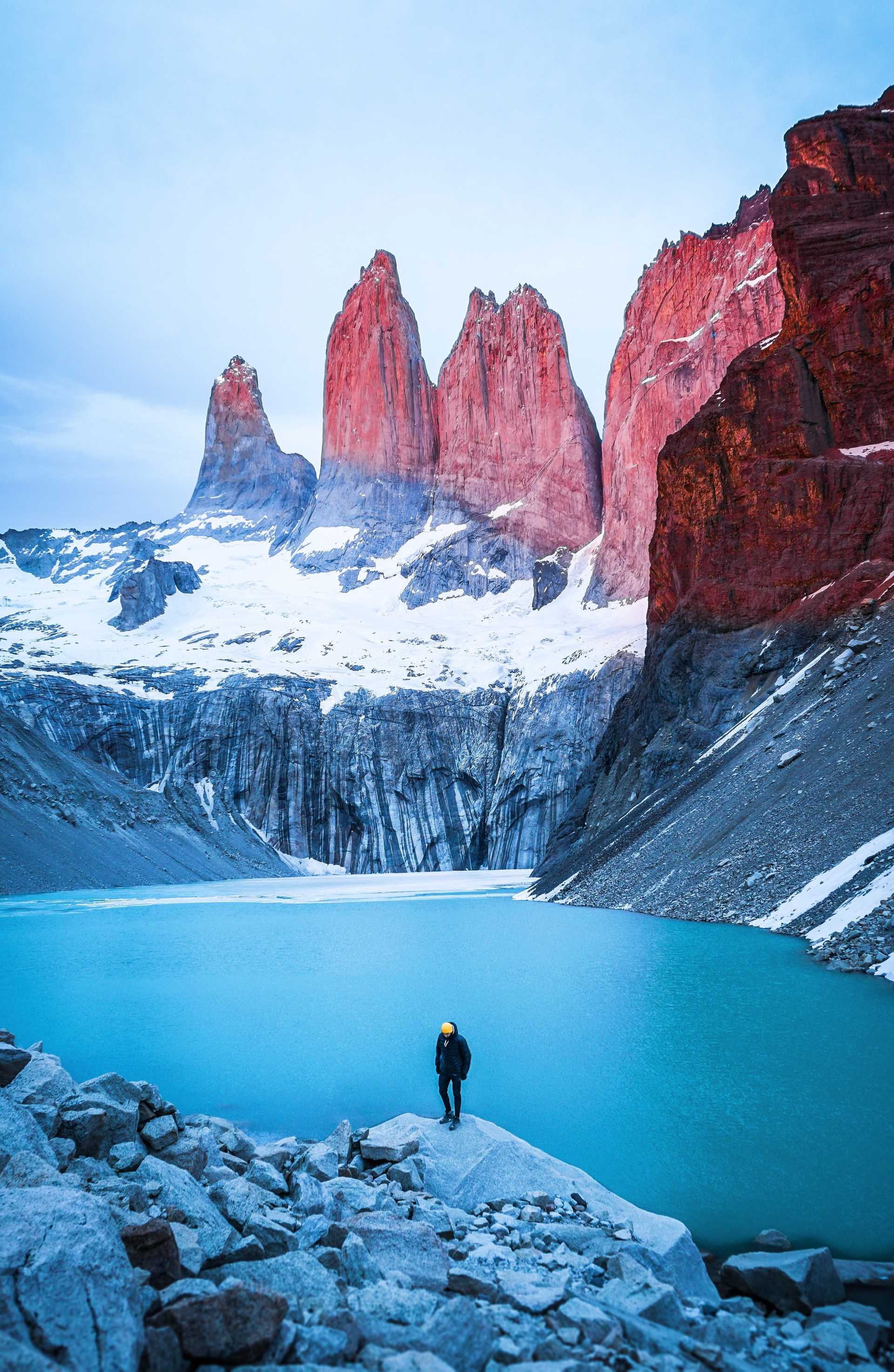
Geography of Patagonia
The South Patagonia Ice Field is approximately 350km long
and covers an area of 12,363 square kilometres. It supports dozens of glaciers which flow either west into the Pacific
or east into the Atlantic. With Kandoo Adventures you can visit
two of the most impressive of these glaciers, the Perito Moreno Glacier in Argentina and Grey Glacier over the border in Chile which flows into
Lago Grey in Torres del Paine National Park. There are two volcanoes buried under
the ice field, Lautaro and Viedma. Due
to their inaccessibility, buried below the ice, they are among the least researched volcanoes in the
world.
Patagonia is home to a wide range of amazing wildlife including Mountain Lions, also known as Cougars or Puma. Other species to look out for are the
Patagonian Grey Fox, Guanaco, Patagonian Armadillo and the iconic Andean
Condor. There are 60 different mammal
species in the region and nearly 400 different bird species.













